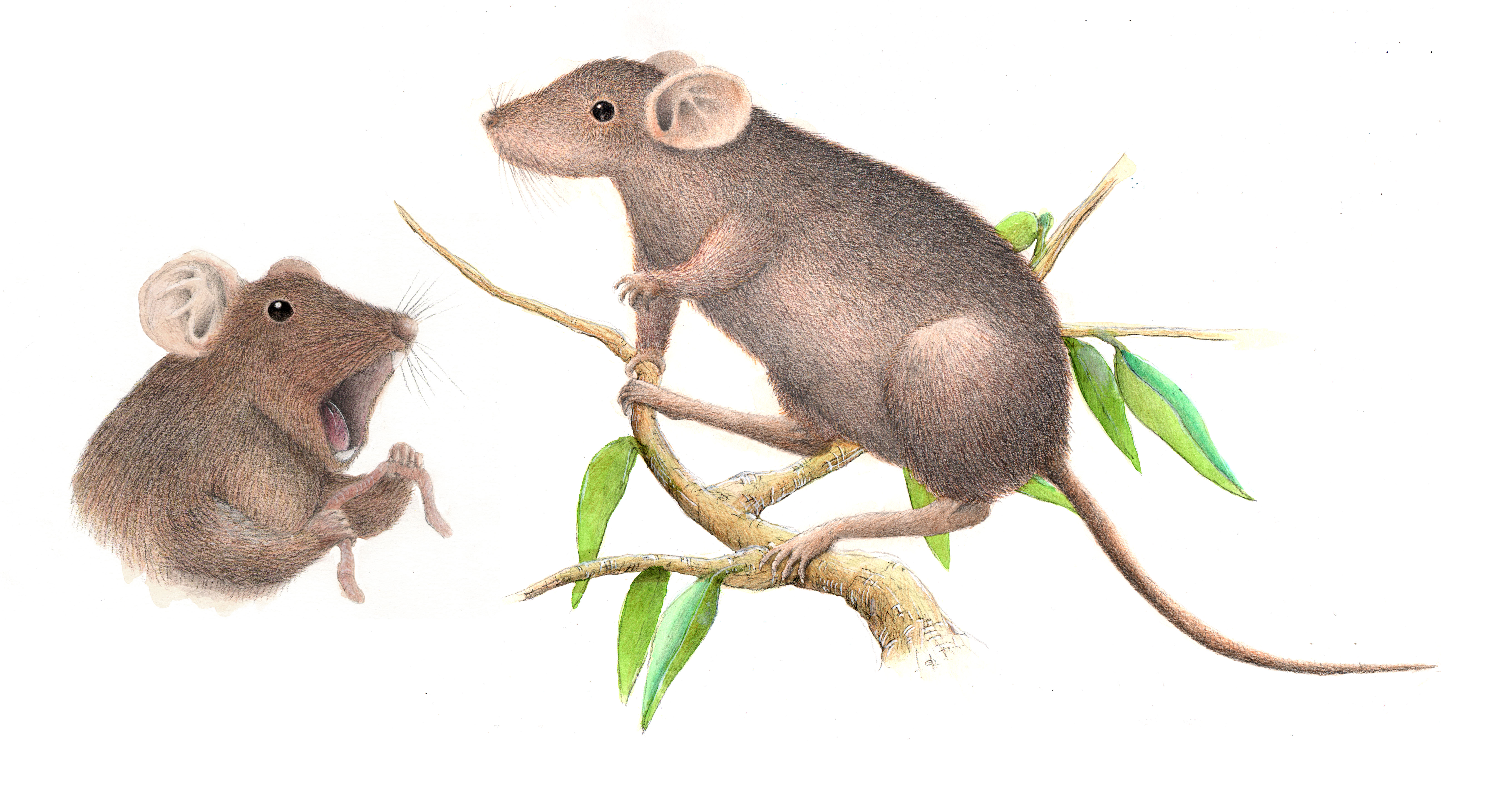Phodopus
Enlarge text Shrink text- Work cat.: Bergmann, M. Photoperiod and testicular function in Phodopus sungorus, c1987.
- Walker mam. world:
- Corbet, G.B. A World list of mammalian species:
- Mammal species of the world:
Phodopus, a genus of rodents in the hamster subfamily Cricetinae—a division of the larger family Cricetidae—is a lineage of small hamsters native to central Asia that display unusual adaptations to extreme temperatures. They are the only known hamsters that live in groups and, in some cases, rely on significant contributions by males to the raising of offspring. They are nocturnal and active throughout the year; they do not hibernate. Species of Phodopus, together with members of the genera Cricetulus, Allocricetulus and Tscherskia are called dwarf hamsters because of their small size (roughly 7 to 10 centimetres or 2.8 to 3.9 inches) relative to other hamsters. Like other hamsters, members of Phodopus have a round body shape, short tails and cheek pouches in which they can store food. They all live in dry conditions with extreme temperatures. They inhabit the forests, steppes and semi-deserts of Mongolia, Siberia, China and Kazakhstan. Fossils of Phodopus have been found in Pleistocene and Pliocene deposits in Europe and Asia. Phodopus species are commonly sold as small pets. They are also used as laboratory organisms for a variety of studies, especially involving seasonal endocrine variation. Some species are considered to be agricultural pests. All three species are widespread and probably abundant, and are assessed as Least Concern (LC) by the IUCN Red List, unlike their larger cousin, the golden hamster, which is also kept as a pet and is listed as Vulnerable (VU). However, their ecology and population dynamics are not well understood. Historical records indicate they were once common in places where they no longer occur. Consequently, they are listed in the Kazakhstan Government Regulation of Approval of Rare and Endangered Animal and Plant Species Index (2006).
Read more on Wikipedia >
 Topic
Topic











